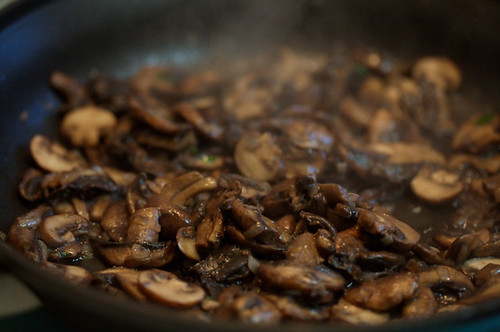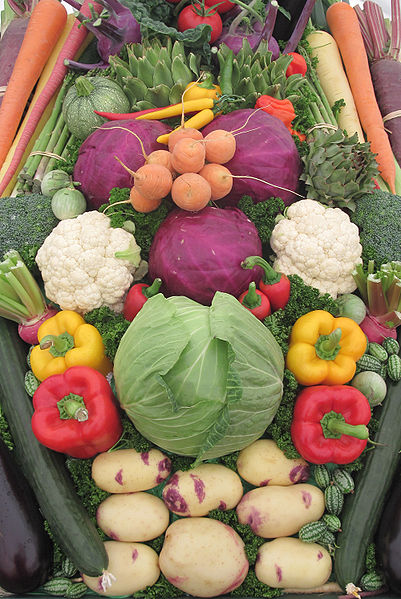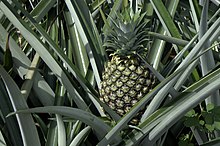(Part of The Cookbook)
You've got a saute pan, which is a shallow, wide pan with a handle. You've got the pan hot. You put a bit of oil in the pan, and the oil can withstand a lot of heat because you very wisely chose vegetable, canola, grapeseed or peanut oil. And because the oil can withstand a lot of heat, it's getting really hot without smoking yet, and that's good for the flavor of your finished dish and for your health. You've got some food items all prepped and beautifully ready in little bowls next to the hot, oiled pan.
It's an exciting time, baby. You're about to saute.
Sauteeing is a dry heat cooking method. If you don't know what that means, stop and read this first. So, you'll be browning the food items you're sauteeing. You're cooking with a lot of heat and a little fat in a container that will allow steam to evaporate, rather than accumulating to create a steaming effect, which is a wet cooking method. Properly done, sauteeing cooks vegetables while preserving some of their natural crispness. It browns and cooks meat while preserving some natural juiciness. Improperly done, it makes a soggy mess; one of the main reasons this happens is either that the pan is overcrowded or the heat is too low, usually the former.
Flipping the items in the pan every four seconds is not sauteeing. Flip or stir the food every once in a while to make sure it's cooking evenly, but you need the food in contact with the pan for most of the time in order for it to cook properly.
Here are some great recipes for practicing sauteeing:
Sweating is not sauteeing, but I included it here because it's a very similar process. Sweating is more of a wet cooking method than dry: it's basically low-heat sauteeing where it's OK to overcrowd the pan, since you want to encourage the steam from the food items to cook the other items around them. It's useful if you don't want to brown your food, or if you want to cook it gently.
Stir-frying is the opposite.. it's very high heat sauteeing, where you have to move the food around in the wok or pan quickly so it doesn't burn. It's fun! And healthy, because generally, the longer you cook something, the less nutritious it becomes (especially vegetables).













